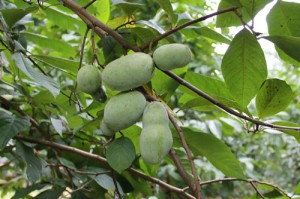
Pawpaw Orchard Show & Tell
Chatham County Cooperative Extension has organized a Pawpaw Orchard Show & Tell for Monday, September 8, 2014 at Full of Life Farms …



Extension and research at NC State address timely issues impacting our state. Extension delivers trusted information directly into the hands of farmers and agribusinesses, helping them translate knowledge into solutions that grow our economy and communities.
El inglés es el idioma de control de esta página. En la medida en que haya algún conflicto entre la traducción al inglés y la traducción, el inglés prevalece.
Al hacer clic en el enlace de traducción se activa un servicio de traducción gratuito para convertir la página al español. Al igual que con cualquier traducción por Internet, la conversión no es sensible al contexto y puede que no traduzca el texto en su significado original. NC State Extension no garantiza la exactitud del texto traducido. Por favor, tenga en cuenta que algunas aplicaciones y/o servicios pueden no funcionar como se espera cuando se traducen.
Inglês é o idioma de controle desta página. Na medida que haja algum conflito entre o texto original em Inglês e a tradução, o Inglês prevalece.
Ao clicar no link de tradução, um serviço gratuito de tradução será ativado para converter a página para o Português. Como em qualquer tradução pela internet, a conversão não é sensivel ao contexto e pode não ocorrer a tradução para o significado orginal. O serviço de Extensão da Carolina do Norte (NC State Extension) não garante a exatidão do texto traduzido. Por favor, observe que algumas funções ou serviços podem não funcionar como esperado após a tradução.
English is the controlling language of this page. To the extent there is any conflict between the English text and the translation, English controls.
Clicking on the translation link activates a free translation service to convert the page to Spanish. As with any Internet translation, the conversion is not context-sensitive and may not translate the text to its original meaning. NC State Extension does not guarantee the accuracy of the translated text. Please note that some applications and/or services may not function as expected when translated.
Collapse ▲
Chatham County Cooperative Extension has organized a Pawpaw Orchard Show & Tell for Monday, September 8, 2014 at Full of Life Farms …
It is week seventeen with our scouting reports, and not much change can be seen. There are still a …
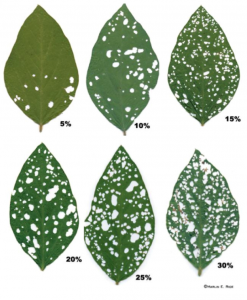
I’ve been getting a lot of questions on soybean insect thresholds. These were covered in a blog article three …

It is week sixteen of our weekly scouting report, and harvest has begun! Most sites are beginning to harvest and …

North Carolina State University and Cooperative Extension From Steve Koenning, Soybean Pathology Specialist SOYBEAN DISEASE …
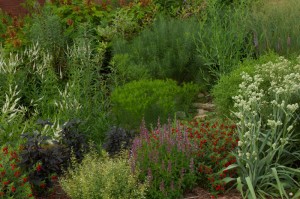
Photos by Debbie Roos, Chatham County Cooperative Extension In late 2008, I planted a demonstration pollinator garden at Chatham Mills …
It is now the fifteenth week of scouting! The budworm pressure has dropped significantly over the past couple of …

Several questions on have come in the during the past week about aphids on tobacco. In most cases, these …
It is week fourteen of our weekly scouting program, and numbers remain low. Flea beetle numbers have increased somewhat but …
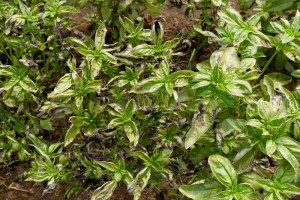
A severe basil disease is impacting some of our local growers. The disease is causing problems up and down …
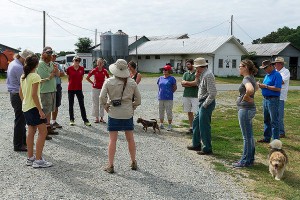
Photos by Debbie Roos, Agricultural Extension Agent. I was asked to arrange an all day farm tour for faculty in …

Several basil growers, homeowners, and garden centers have reported outbreaks of basil downy mildew to the Vegetable Pathology Lab …

During the last two weeks, there have been several reports of mealybugs in wine grape vineyards. Mealybugs are sucking …
It is now week thirteen of scouting, and our one of our locations has begun harvest! There has been …
It is now week twelve for our weekly scouting report and pest pressure is lower compared to the past few …
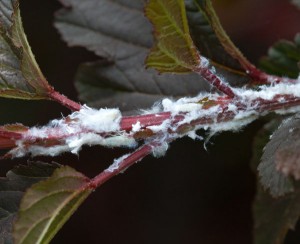
I get lots of gardening questions from visitors when I am working in my pollinator garden at Chatham Mills. …

Today I saw my first eastern tiger swallowtail butterfly of the year in my pollinator garden in Pittsboro, and …
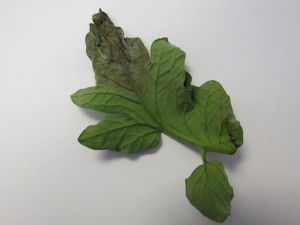
Tomato late blight, caused by the oomycete Phytophthora infestans, was confirmed today (July 11, 2014) in a tomato sample from Henderson County, North Carolina …
Twospotted spider mites are the most common and significant pest of strawberries grown in North Carolina. Mite management strategies …
Vineyard establishment involves careful planning, thorough site preparation, vineyard design, planting, and trellis construction. Unlike …
Growing Chardonnay grapes, the number one vinifera variety grown in North Carolina, can be a …
New and current grape growers will find practical information on site appraisal, establishment, and operation …
Grapes grown in North Carolina are sometimes exposed to unfavorable climatic conditions and biological pests …

This publication discusses the potassium needs of flue-cured tobacco. It covers deficiency symptoms, rate considerations, …
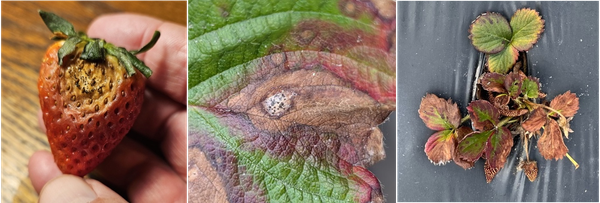
NC State conducted a strawberry Neopestalotiopsis (Neo-P) trial at the Horticultural Crops Research Station in …
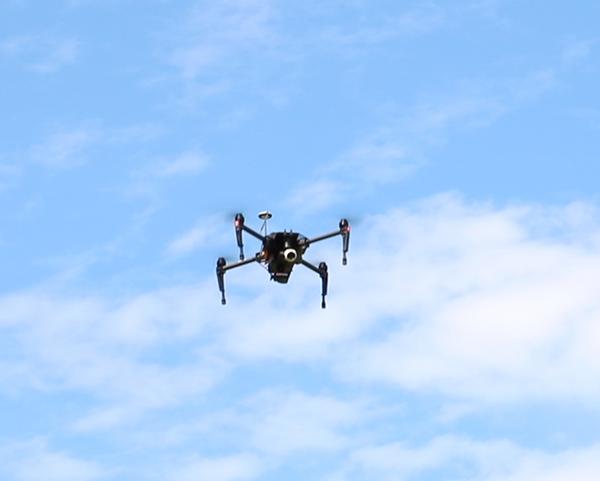
This publication discusses flying unmanned aerial vehicles (drones, model aircraft) for commercial purposes. You'll learn …
This guide outlines steps that a facility producing livestock food could follow when developing its …